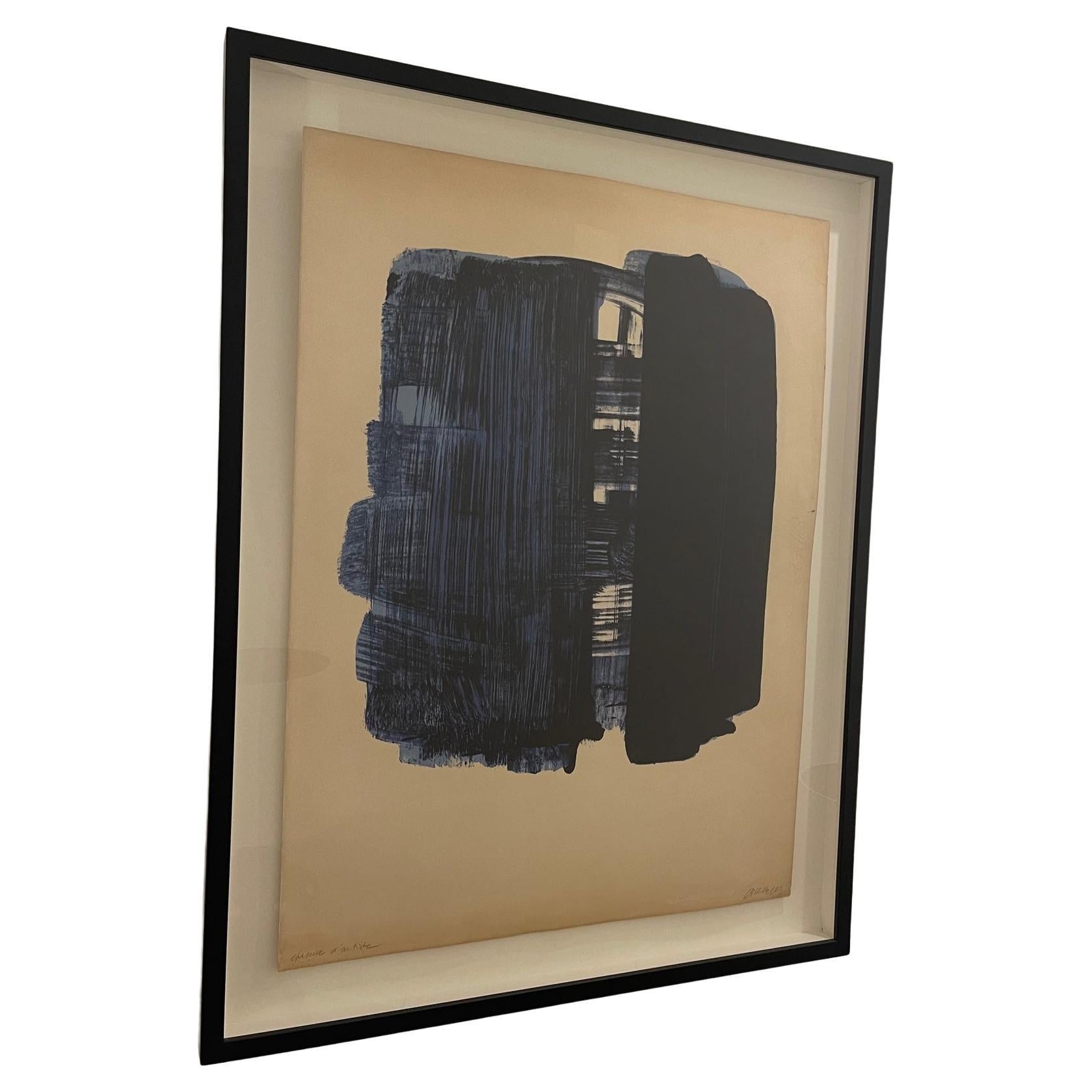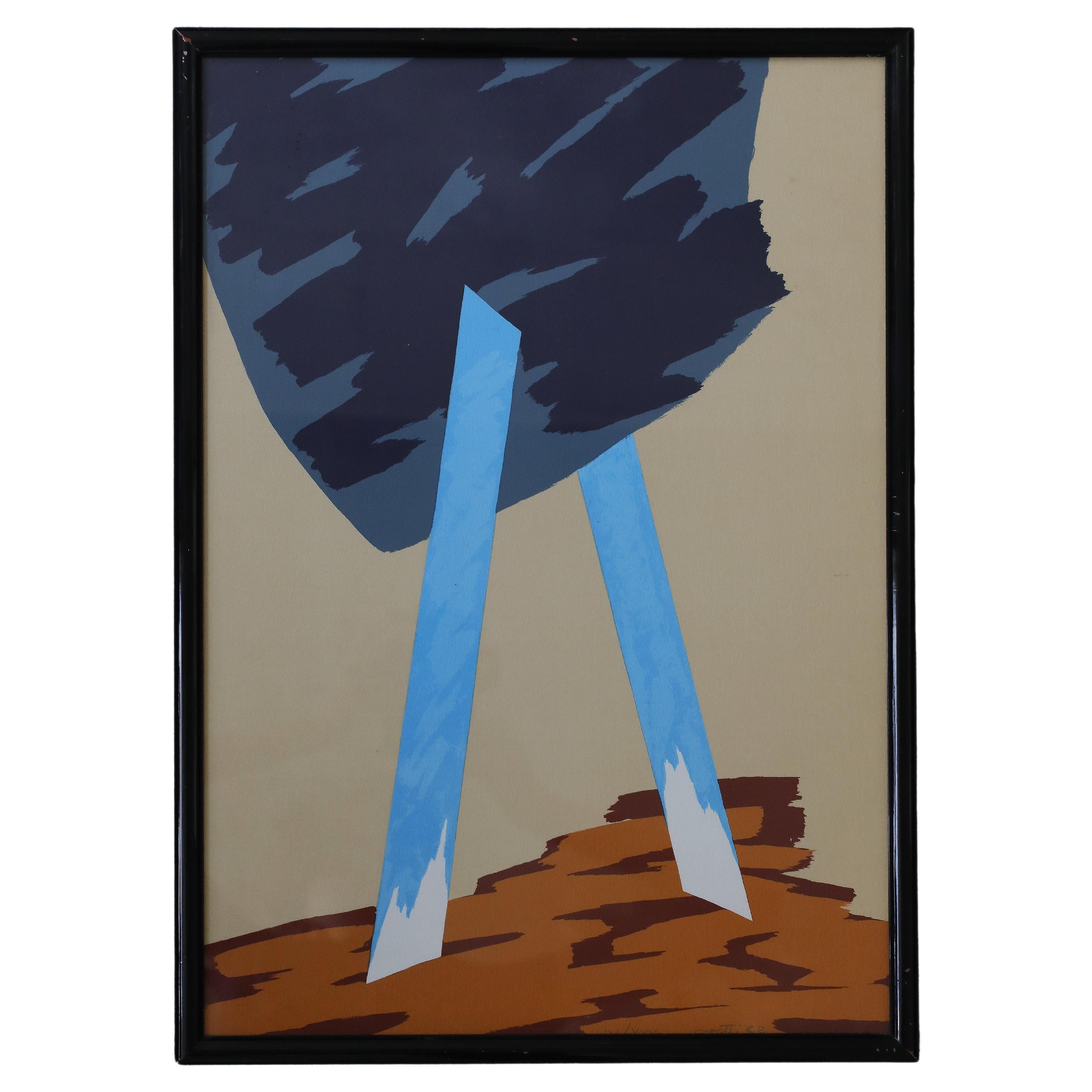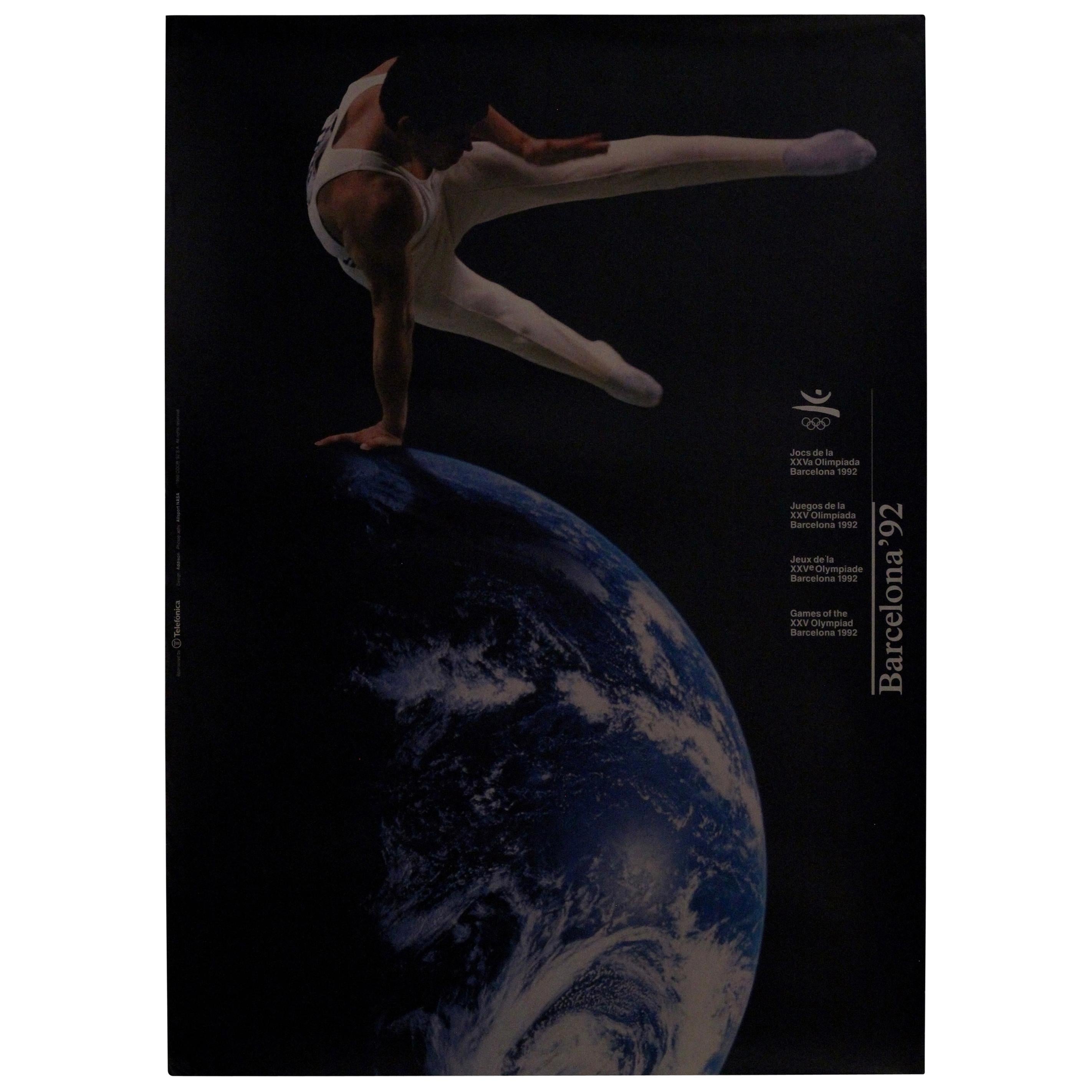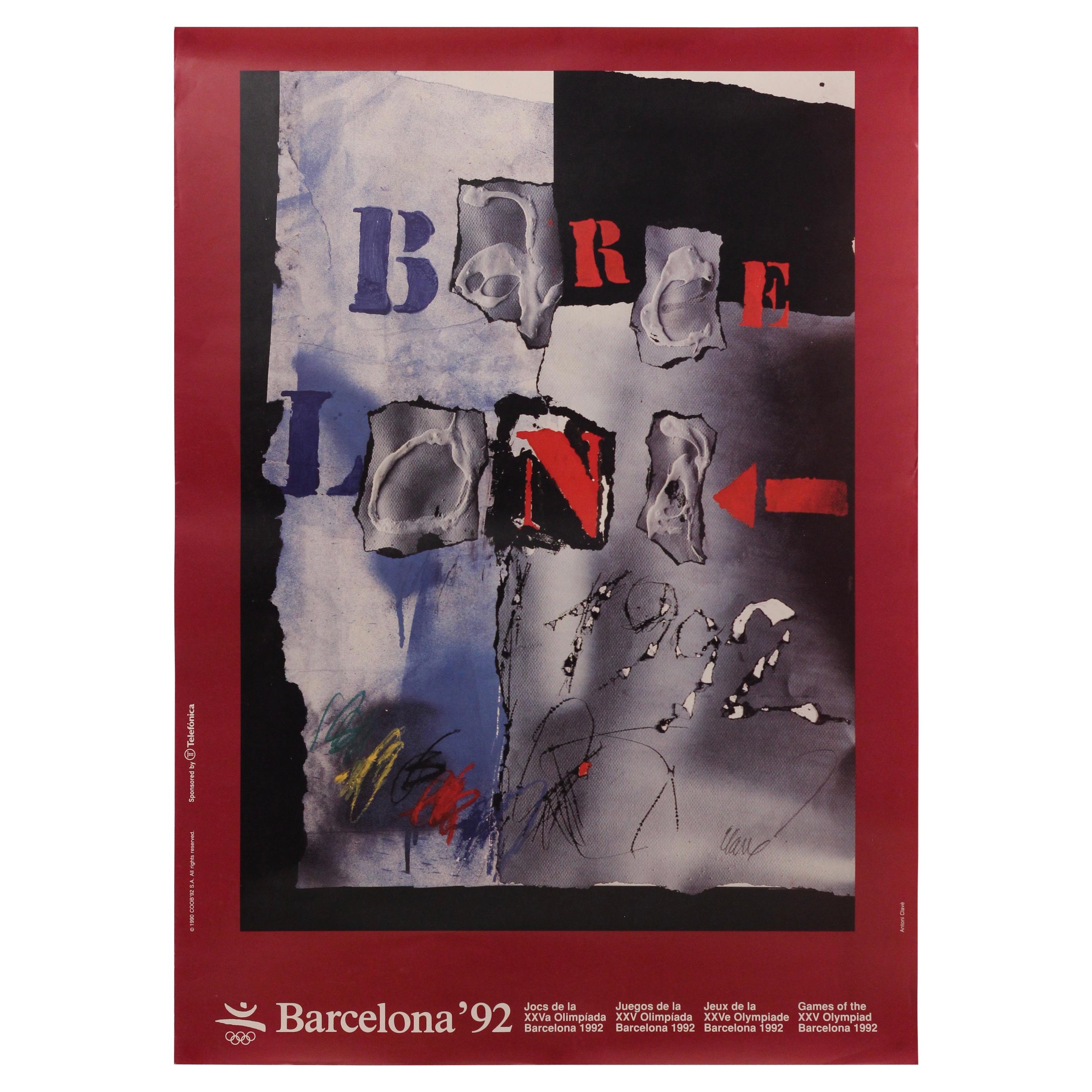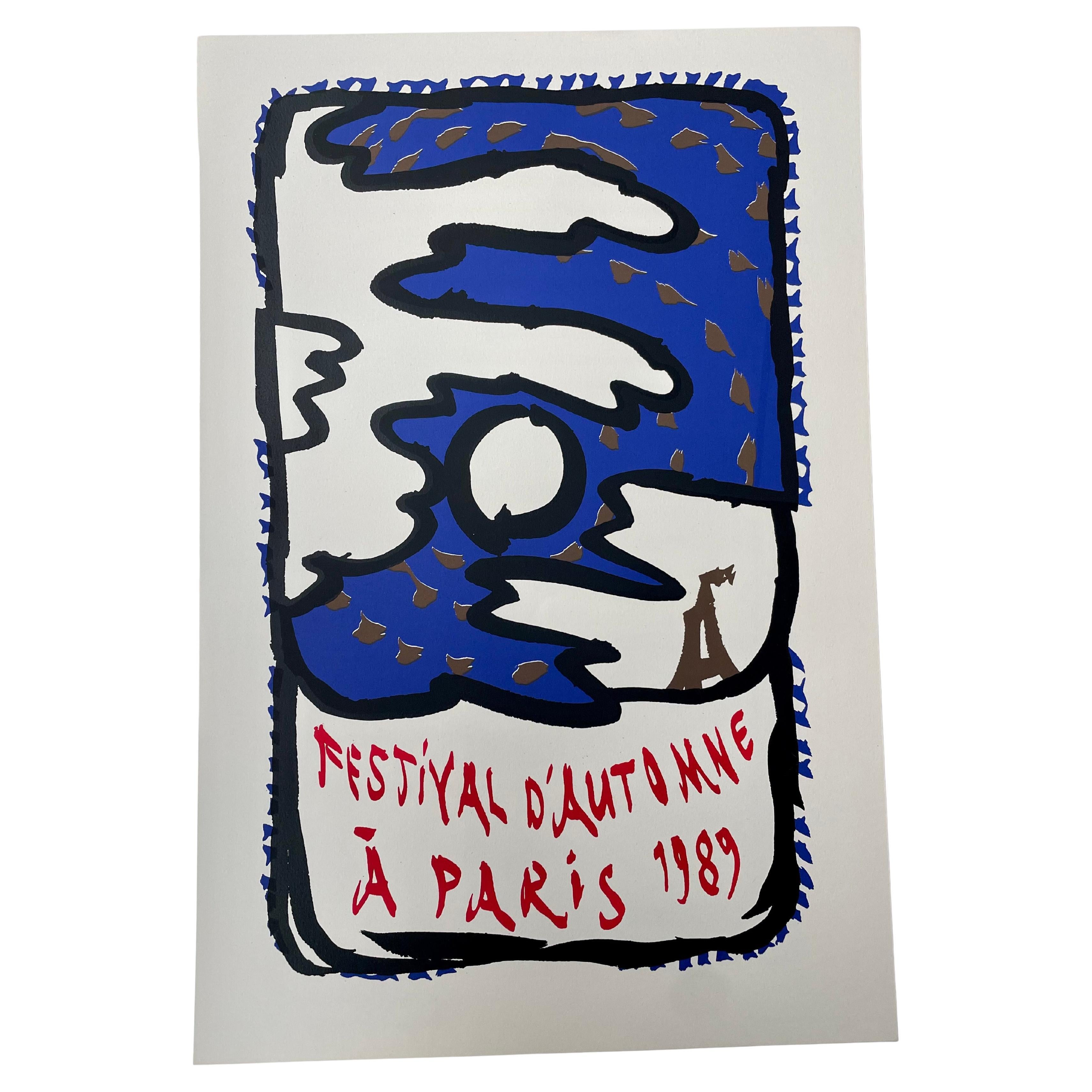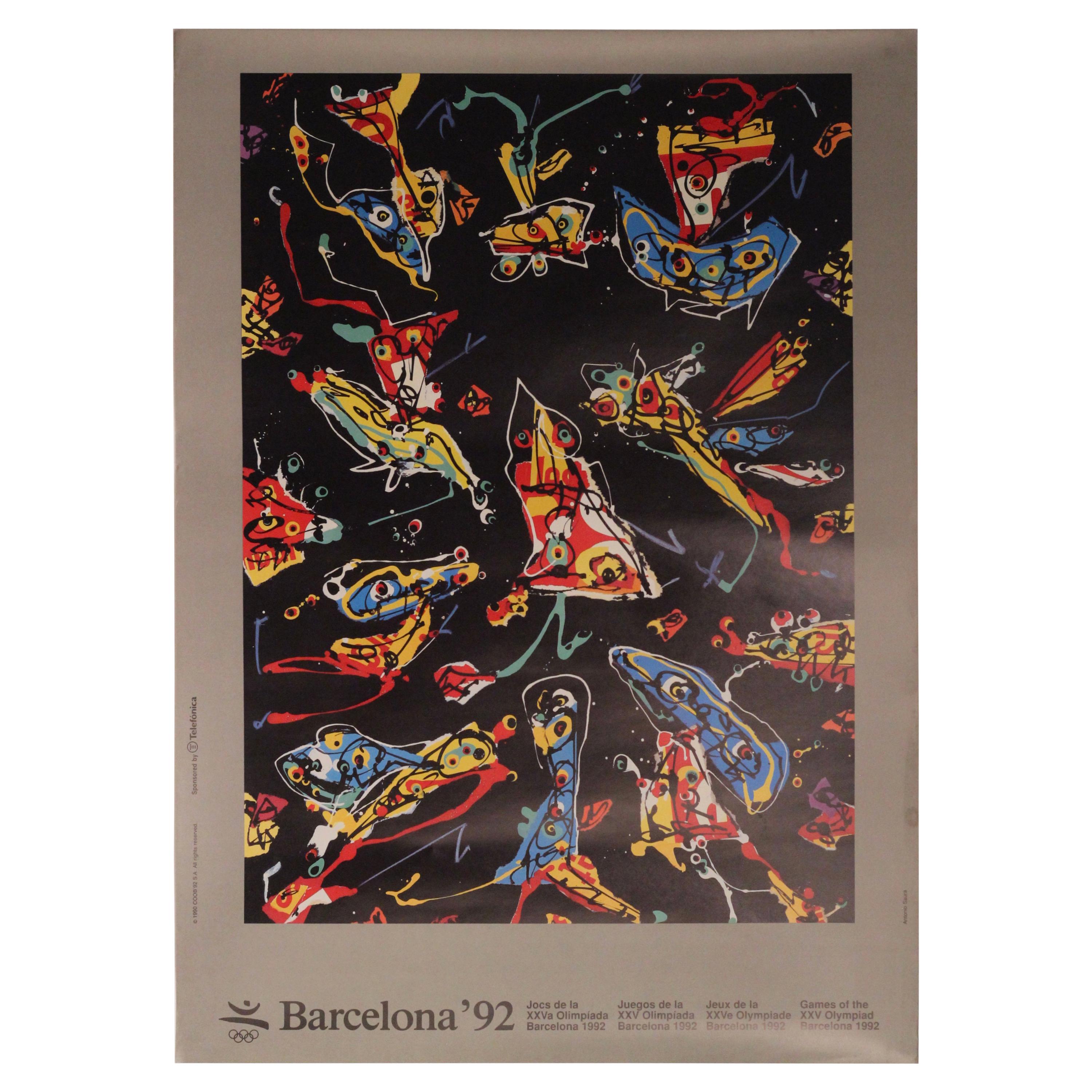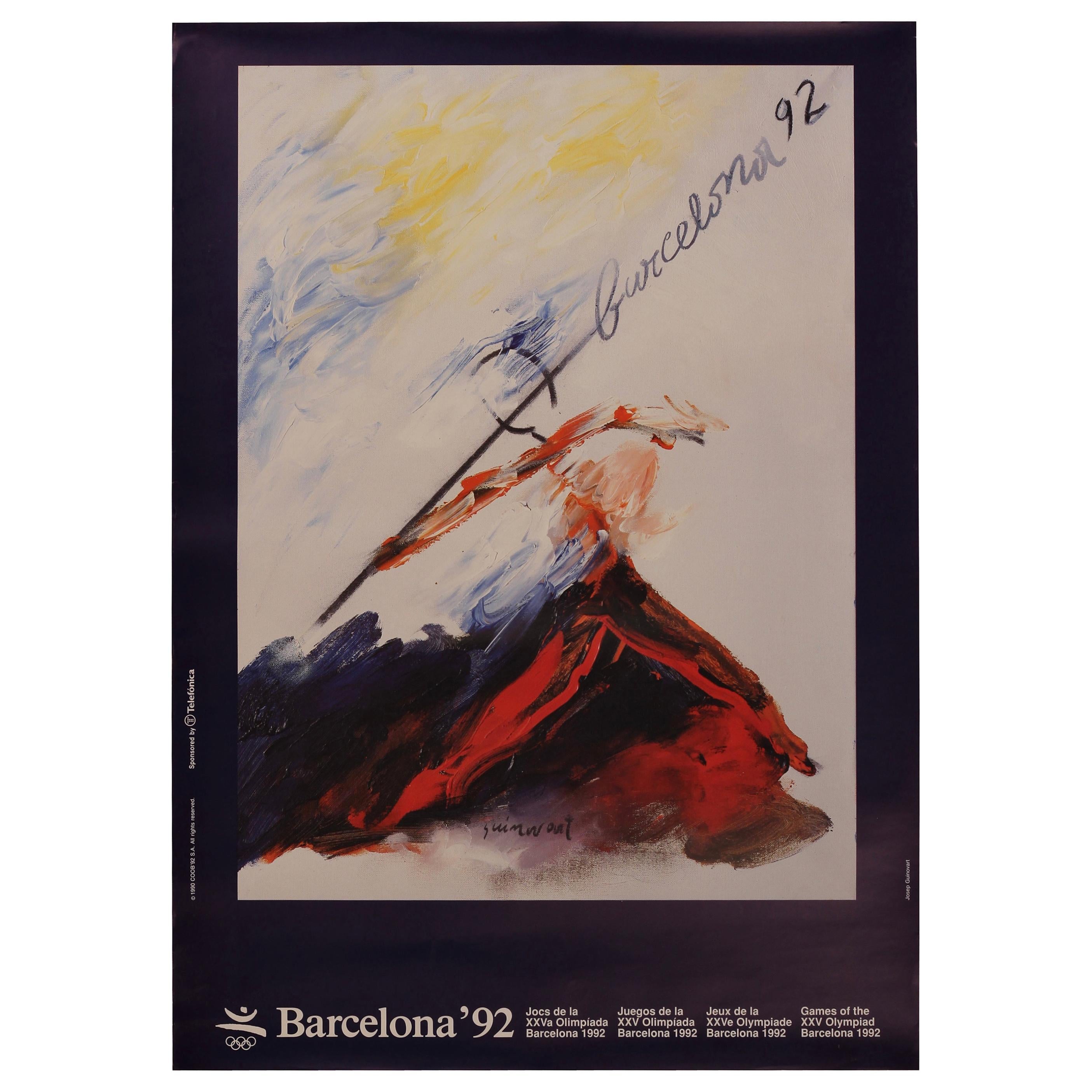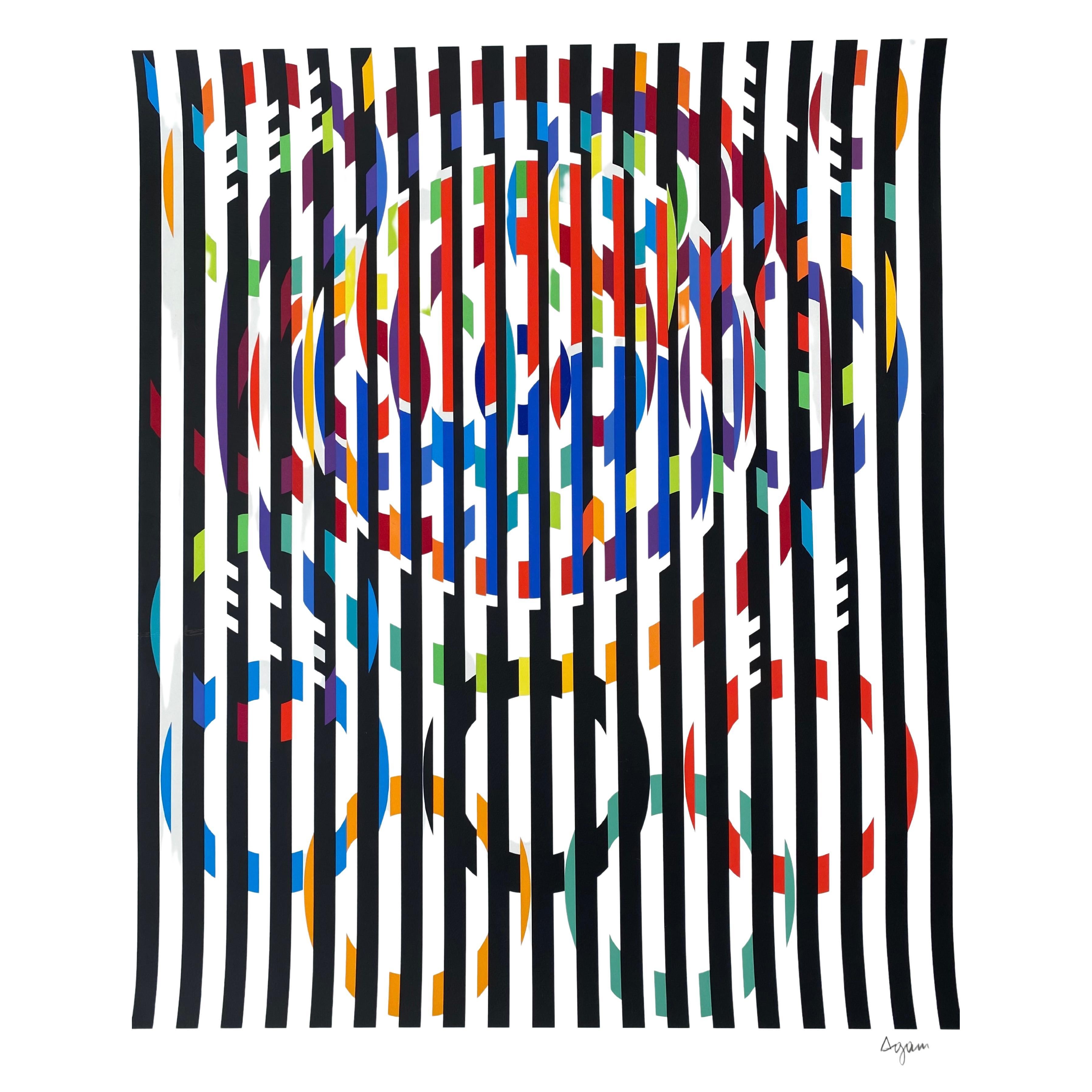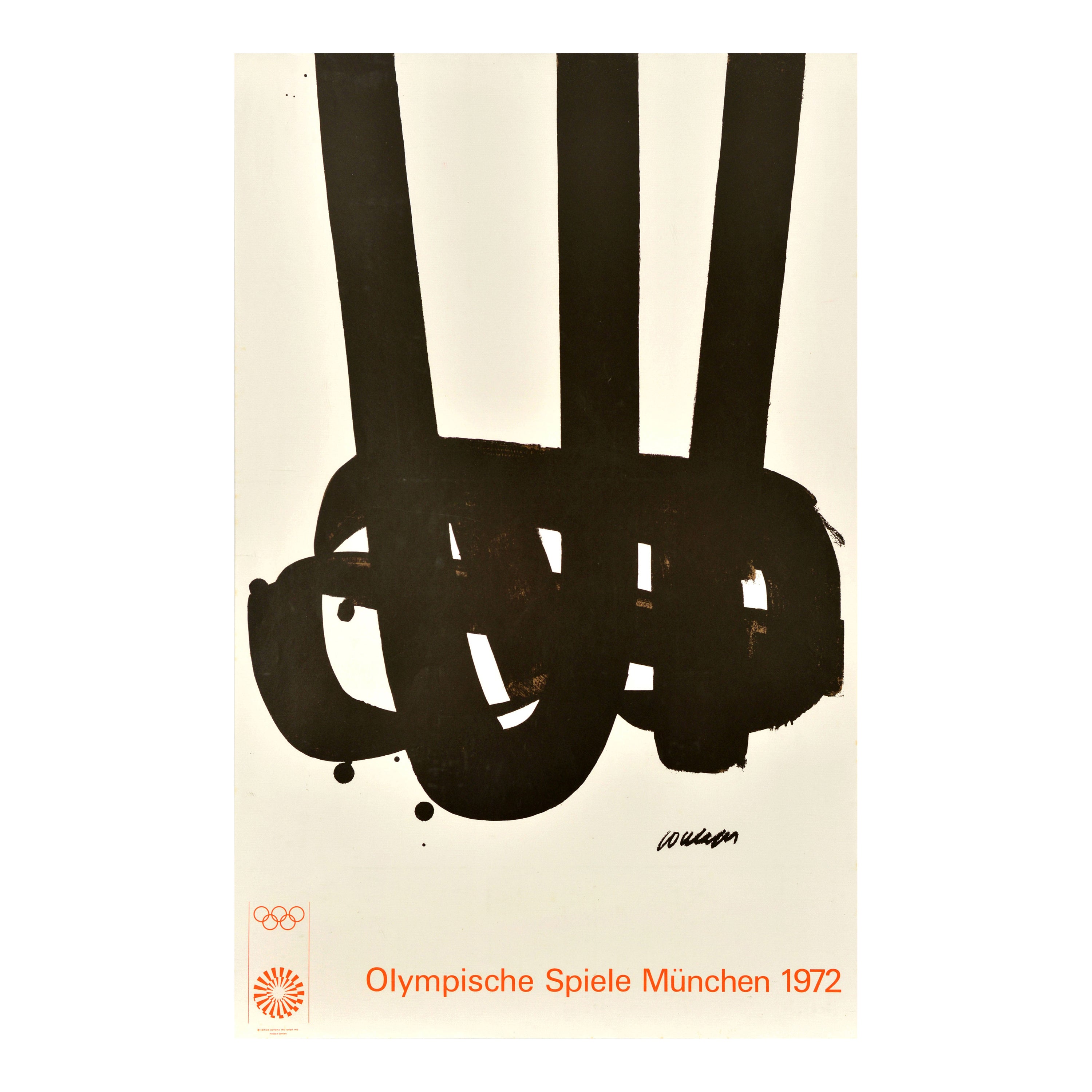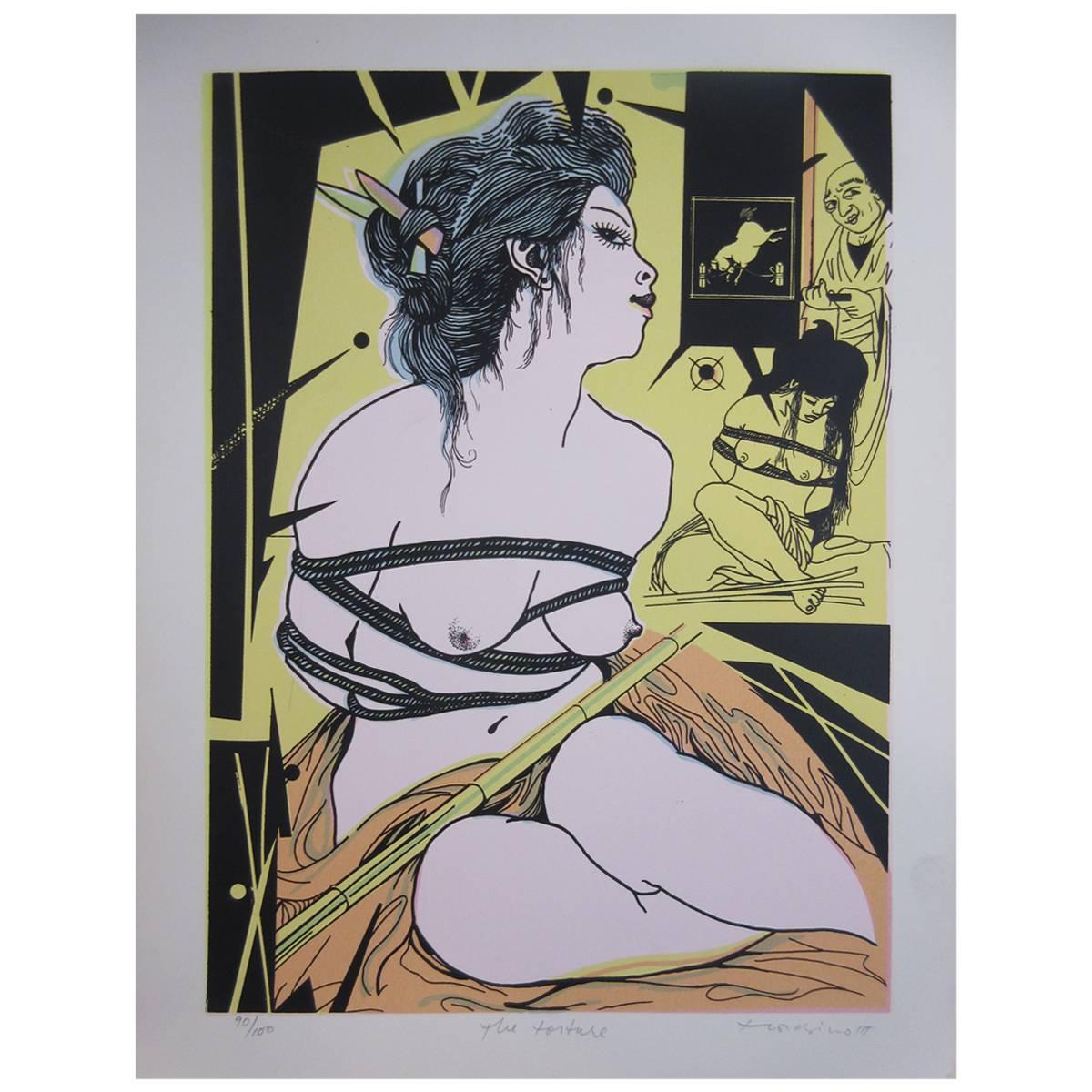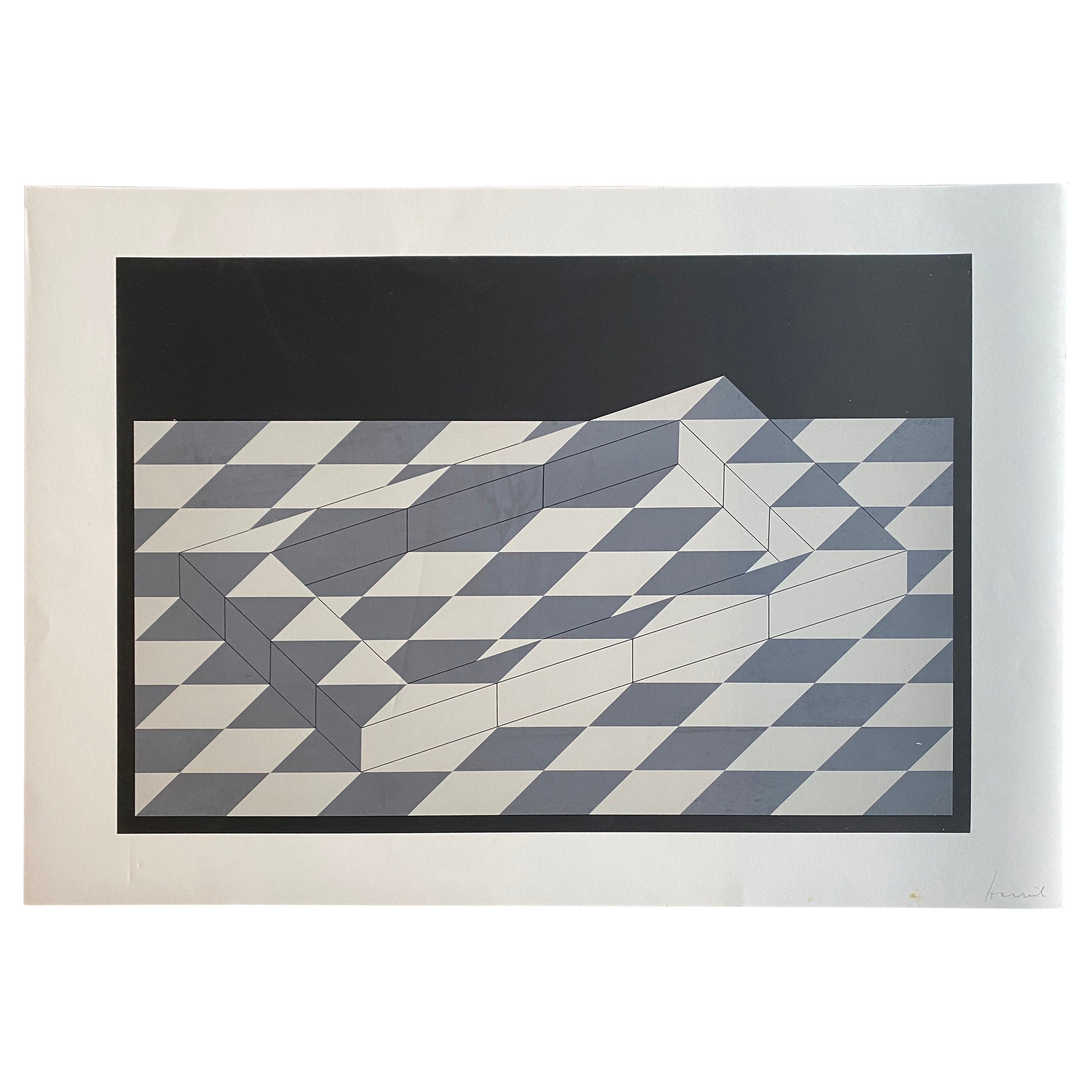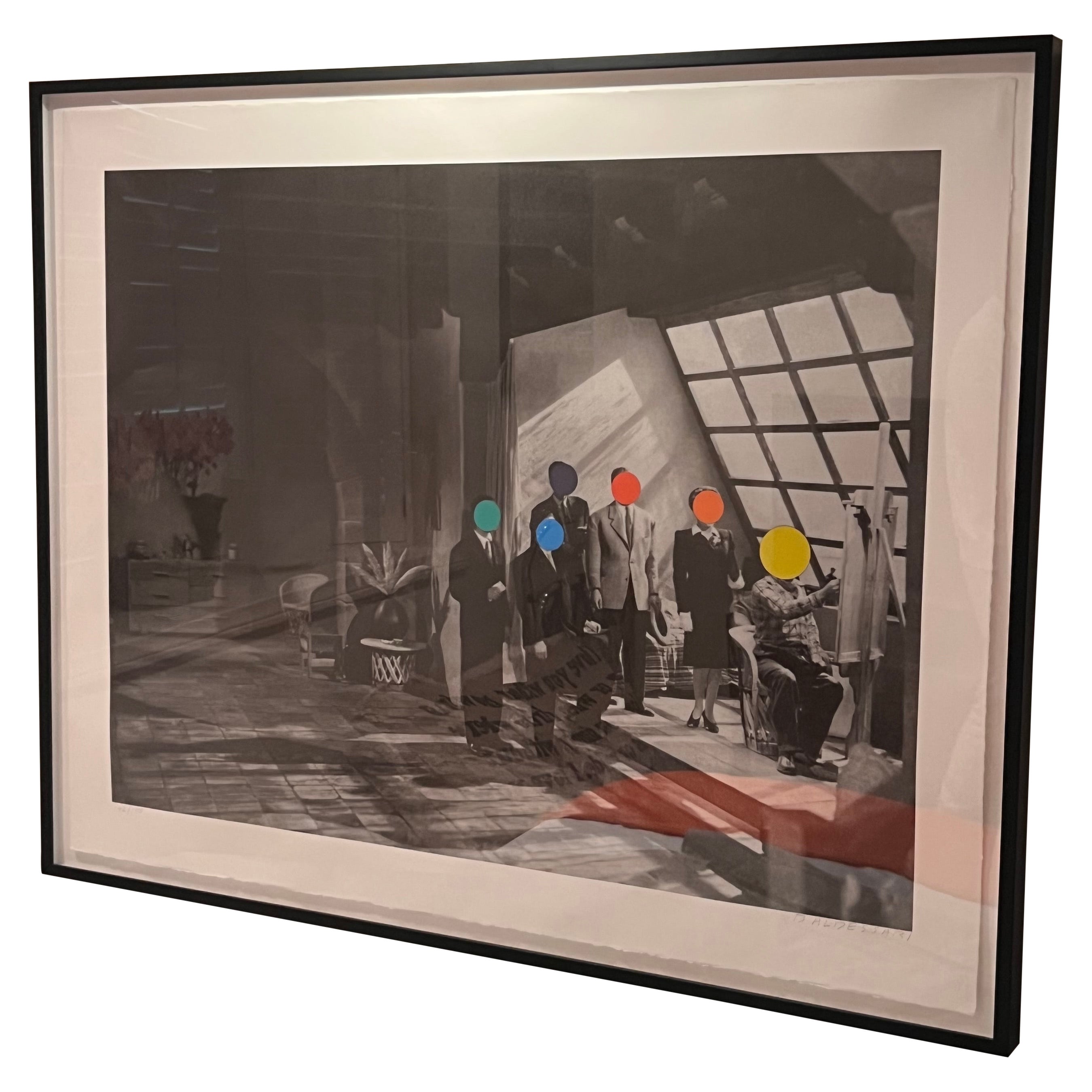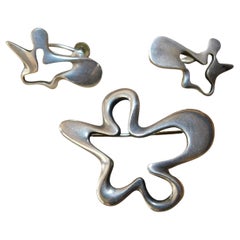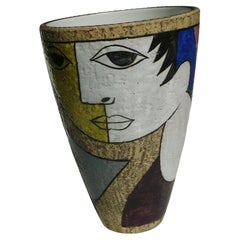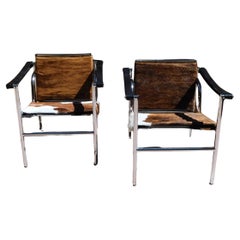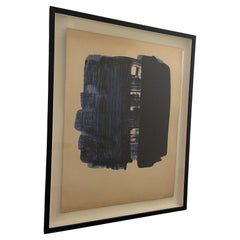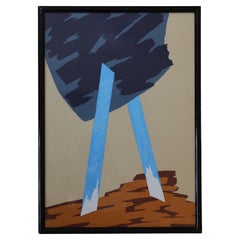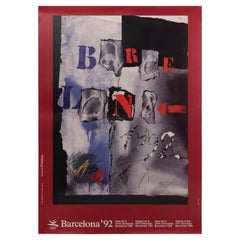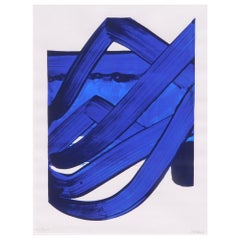
Original Serigraph by Pierre Soulages, 1988, "Seregrapie Olympiad 24 Korea
View Similar Items
Original Serigraph by Pierre Soulages, 1988, "Seregrapie Olympiad 24 Korea
About the Item
- Creator:Pierre Soulages (Artist)
- Dimensions:Height: 39 in (99.06 cm)Width: 31 in (78.74 cm)Depth: 0.07 in (1.78 mm)
- Materials and Techniques:
- Period:1980-1989
- Date of Manufacture:1988
- Condition:
- Seller Location:Phoenix, AZ
- Reference Number:1stDibs: LU1875334291372
Pierre Soulages
Pierre Soulages was born on December 24, 1919, in Rodez, France. Attracted by Romanesque art and prehistory at a young age, he began to paint. At 18, he was admitted to the École Nationale Supérieure des Beaux-Arts in Paris, but, convinced of the mediocrity of the education there, refused to enter. In 1946, Soulages began to paint fulltime. In 1948, he took part in exhibitions in Paris and elsewhere in Europe, including “Französische abstrakte malerei” (French abstract painting) in several German museums. He was the youngest of this group. In 1949, Soulages received a solo exhibition at the Lydia Conti gallery in Paris and group exhibitions in New York, London, Sao Paulo and Copenhagen. From 1949 to 1952, he created his first etchings. His group exhibitions in New York began traveling to other American museums, including “Advancing French Art” (1951), “Younger European Artists” Guggenheim Museum (1953), and “The New Decade,” Museum of Modern Art (1955). He also began to exhibit at the Kootz Gallery, New York, and the Galerie de France, Paris. In the early 1950s, his works were acquired by The Phillips Collection, Washington, D.C.; the Guggenheim Museum and the Museum of Modern Art, New York; the Tate Gallery, London, the National Museum of Modern Art, Paris; and the Museu de Arte Moderna, Rio de Janeiro, among others. In 1960, the Kestner Gesellschaft in Hanover, Germany, held Soulages’ first retrospective. Several retrospectives followed, including the Museum of Fine Arts in Houston (1966). In 1979 Soulages exhibited his first single-pigment paintings based on the reflection of light by the surface states of black at the Musée National d’Art Moderne—Centre Georges Pompidou. The pictorial light arising from the difference between two darknesses in the paintings carried a great power of emotion and possibilities for development. It was later called "black-light" and "outrenoir." Soulages has since created other works where rhythm, space and light are born from the violent contact of black and white on the canvas surface . In 2001, Soulages was the first living artist invited to exhibit at the Hermitage Museum in Saint Petersburg, then at the Tretyakov Gallery in Moscow. In October 2009, the Centre Pompidou presented the largest retrospective since the beginning of the 1980s devoted to a living artist, occupying more than 2,000 square meters of space. It ranked as the fourth most attended exhibition in the history of the Centre Pompidou. That same year, the Louvre Museum exhibited a painting by Soulages in the Salon Carré in the Denon wing. In 2019, in homage to the artist for his 100th birthday, numerous events were organized in France and abroad. The Soulages exhibition at the Louvre, designed as a mini-retrospective, presented three new paintings and was accompanied by a hanging at the Musée Natinal d’Art Moderne—Centre Georges Pompidou. Today, Soulages is represented in more than 110 museums with more than 230 paintings. He is a favorite painter among his peers, French artists.
More From This Seller
View AllMid-20th Century Sterling Silver
Silver
Mid-20th Century Ceramics
Ceramic
Mid-20th Century Italian Chairs
Chrome
Mid-20th Century Swedish Glass
Glass
Late 20th Century Glass
Glass
Mid-20th Century American Mid-Century Modern More Furniture and Collecti...
Copper, Enamel
You May Also Like
Vintage 1970s European Mid-Century Modern Prints
Paper
Vintage 1980s Italian Mid-Century Modern Prints
Paper
1990s Spanish Modern Posters
Paper
1990s Spanish Modern Posters
Paper
Vintage 1980s French Prints
Paper
1990s Spanish Modern Posters
Paper
